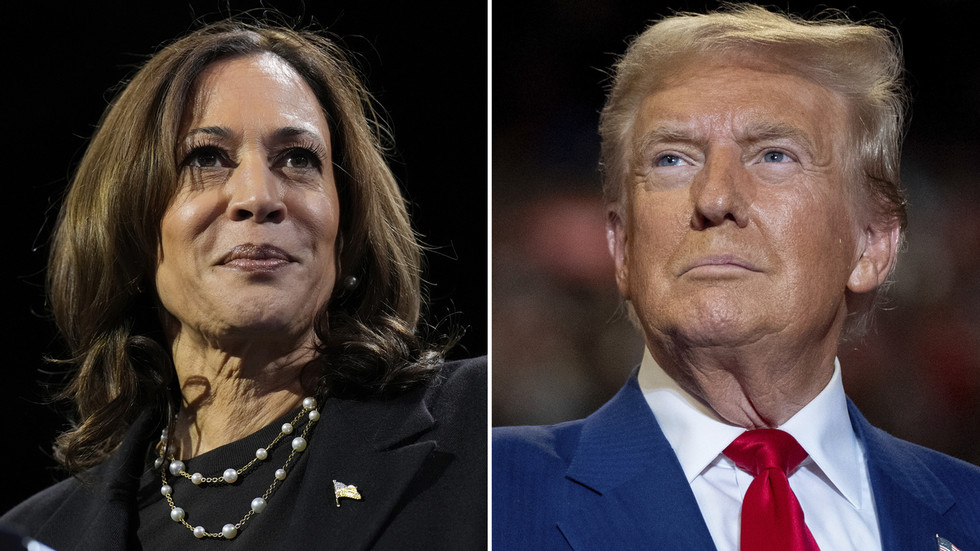As the United States prepares for one of the closest presidential elections in its history, the rivalry between Republican former President Donald Trump and Democratic Vice President Kamala Harris intensifies. Both candidates have made their final appeals to the voters, emphasizing their distinct visions for the future of the country. Polls indicate a tight race, with Harris and Trump neck and neck not only on a national level but also in pivotal swing states that could determine the outcome of the election. With early voting already surpassing 78 million ballots, it is evident that voter engagement is high and the electorate is deeply invested in the decision they face.
Kamala Harris’s path to the Democratic nomination unfolded under unusual circumstances. After President Joe Biden withdrew his candidacy due to poor debate performances that raised concerns about his viability as a candidate, Harris emerged as the leading contender. Her campaign has focused on underscoring themes of unity, equity, and progress, positioning herself as a champion of the people’s needs. In contrast, Donald Trump has continued to rally his base with an agenda that promotes American exceptionalism, economic growth, and a consolidation of his loyal support. Both candidates have strategically targeted battleground states during their final campaign efforts, seeking to sway undecided voters and solidify their positions.
The unique structure of the U.S. electoral system adds complexity to the race. Candidates must secure a majority of the Electoral College votes to win the presidency, meaning that winning the popular vote does not guarantee victory. Each state is allocated votes based on its population, and with 270 out of 538 electoral votes needed for a win, strategizing for state-by-state victories becomes critical. This electoral layout conditions how candidates approach their campaigns, as they must balance appealing to a diverse national electorate with the particular priorities of voters in key states.
As both candidates prepare for a momentous election day, they are making a concerted effort to reflect the aspirations of their respective bases while also reaching out to independents and undecided voters. Harris’s campaign seeks to articulate a hopeful vision for the future, foregrounding issues such as healthcare reform, climate action, and social justice. Meanwhile, Trump’s messaging is rooted in a call to restore what he views as lost American greatness, appealing to his supporters’ sense of nationalism and economic pragmatism as he emphasizes recovery and resilience in the face of challenges.
The impact of early voting cannot be understated, as record numbers of Americans have chosen to cast their ballots in advance of election day. The 78 million early votes represent a significant increase in participation from past elections, reflecting heightened political engagement and a desire for greater accessibility in the democratic process. The final days of campaigning for both candidates are marked by this urgency and recognition of the stakes involved, as they fight not only for their respective party loyalties but to secure the commitment of a diverse electorate.
In summation, the battle for the 2024 presidency between Donald Trump and Kamala Harris epitomizes the divisions and passions that characterize contemporary American politics. With polarizing messages and divergent visions for the nation’s future, the candidates are not only vying for votes but are also defining broader narratives about American identity and governance. As voters head to the polls, the implications of this election will ripple through the political landscape, impacting not just the immediate party positions but also the fabric of American democracy itself in the years to come.

